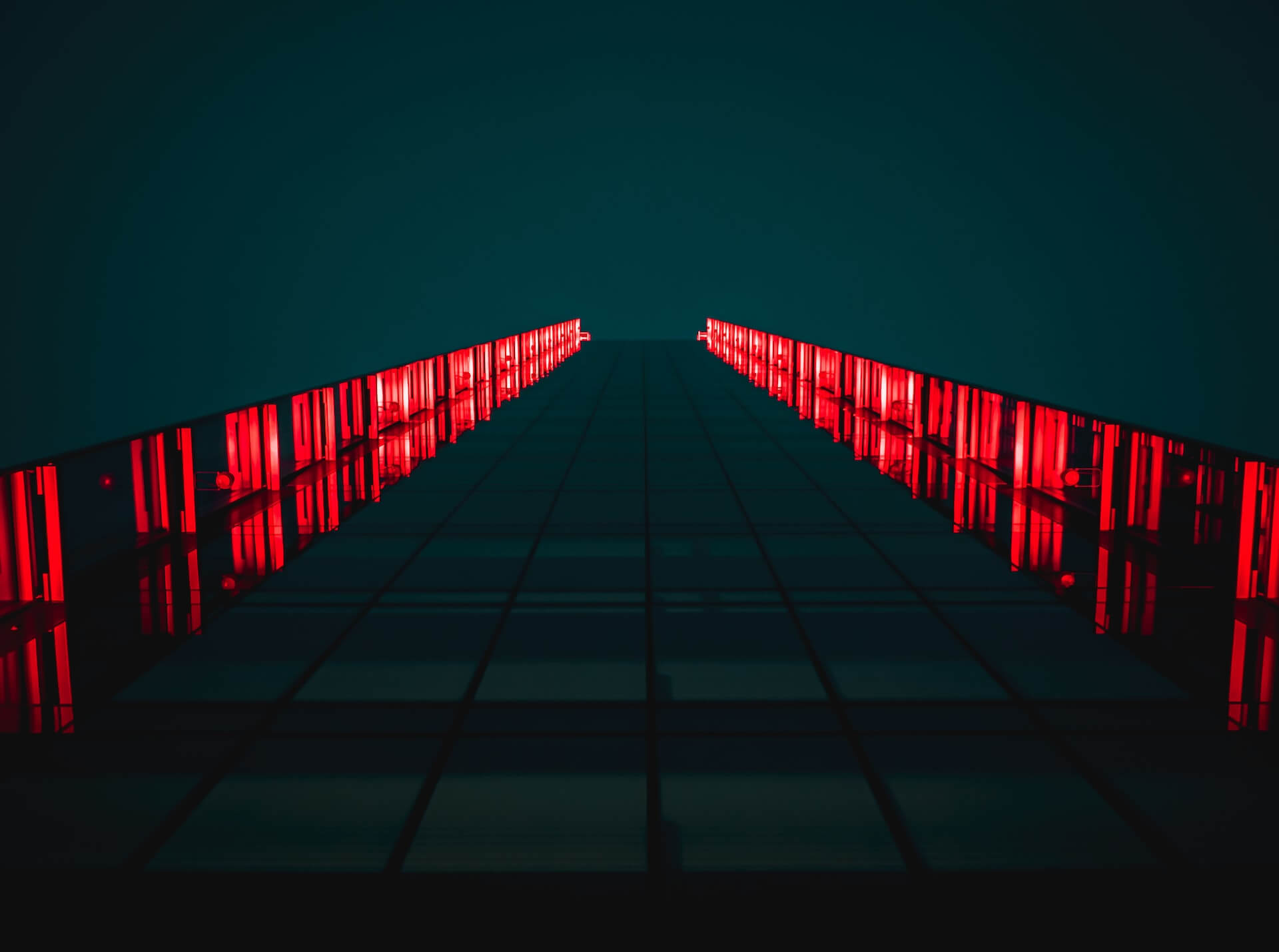Introduction
Designers are constantly looking for new ways to push the boundaries of their craft. But as artificial intelligence (AI) continues to make its way into our lives and our creative processes, the tools that we use as designers are evolving rapidly. The machines and software that were once primarily used in manufacturing products are now being used by designers to help them imagine and create those products. In fact, it seems they may even be automating some of the work that we’d typically think only a human could do. The rise of generative design has allowed machines to generate objects based on parameters set by humans. How generative design worksIndustrial designer Ariana Lee says that generative design isn’t just about a new tool, but a new way of designing. These machines play an important role in helping us understand how AI can not only support our creative process but also drive and inspire it.”
In the past, designers needed a wide array of tools in order to fulfill all the requirements of their job.
Tools were expensive, time-consuming to use and not always reliable or easy to use. Designers had to learn each tool’s interface separately, which meant learning how to use multiple software programs as well as coding languages.
Now we have AI generators that can help us quickly produce original content with little effort on our part; this is a huge leap forward for design because we no longer have to spend so much time learning how each new piece of software works before being able to create anything worthwhile with it.
But as artificial intelligence (AI) continues to make its way into our lives and our creative processes, the tools that we use as designers are evolving rapidly.
AI has come a long way since the days of HAL 9000, the sentient computer from 2001: A Space Odyssey. Today, artificial intelligence (AI) is being used in many creative fields to generate ideas and designs that would have been impossible before. Designers are using AI as a tool to help them with their workflow and speed up their workflows by allowing machines to do some of the heavy lifting.
The most advanced forms of machine learning can now automatically create original artwork and music without any human intervention at all—and these are just two examples out of hundreds that we’ll see soon enough!
The machines and software that were once primarily used in manufacturing products are now being used by designers to help them imagine and create those products.
It’s not just about manufacturing products anymore. The machines and software that were once primarily used in manufacturing products are now being used by designers to help them imagine and create those products. This is the new frontier in design, where machines will not only provide designers with inspiration, but generators will also provide the creative backbone behind our next generation of products.
For example, artificial intelligence (AI) can be used to design a product from scratch—a new way of thinking about product development that wasn’t possible before because it was too expensive or laborious to do manually.
In fact, it seems they may even be automating some of the work that we’d typically think only a human could do.
Machines can generate designs that are more creative than humans: In a study published in Nature Communications, researchers found they could train machine learning algorithms to generate more creative computer-generated images than humans. The researchers started by training their algorithm on 400,000 images from Google Image Search and other online sources. Once it had been trained, they asked the algorithm to create new versions of those images—and found that its creations were consistently more original and interesting than what people had previously produced (an average score of 4.4 compared to 3 for humans).
Machines can generate designs that are more sustainable than humans: Machine learning algorithms have even started making major strides in sustainability efforts—automatic systems are able to identify patterns in solar panel output data over time so as
Machine Learning Algorithms Can Generate Designs That Are More Sustainable Than Humans
The rise of generative design has allowed machines to generate objects based on parameters set by humans.
Generative design is a new way of designing. It’s a way for machines to generate objects based on parameters set by humans. In other words, designers will be able to tell the computer what they want, and the machine will do it for them.
We are seeing this in action right now in interiors and architecture, where computers are being used as generative tools to create buildings that are more efficient than ever before.
How generative design worksIndustrial designer Ariana Lee says that generative design isn’t just about a new tool, but a new way of designing.
Generative design is a way of designing that uses machines to generate objects based on parameters set by humans. It’s not just about a new tool, but a new way of designing.
When Ariana Lee first started using generative design tools in her work as an industrial designer, she found herself scrambling to find the right words to explain how it felt. “It was very hard for me to put into words what this technology was giving me as an artist and designer,” she says.
These machines play an important role in helping us understand how AI can not only support our creative process, but also drive and inspire it.
AI can be a creative partner
The role of AI in the design process is complicated. On the one hand, it can be used to support our creative process, providing us with inspiration and helping us understand and solve problems more efficiently. On the other hand, AI can also drive and inspire our design by providing new forms of inputs that allow machines to play an active role in generating ideas—and even making judgments about whether they’re any good or not. These machines play an important role in helping us understand how AI can not only support our creative process, but also drive and inspire it.
Conclusion
We have seen how AI can help us with our creative process and it is only going to get better. The next generation of designers will be able to take advantage of this technology in ways we may never even imagine.


Leave a Reply